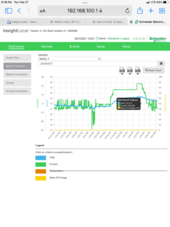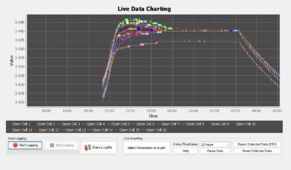hwy17
Anti-Solar Enthusiast
I have an inch pound torque wrench but I also have an ingrained superstition from working on dirtbikes not to put a torque wrench on a 10mm bolt head. I have snapped bolts that way and never snapped one by feel. I will consider giving this bus bar a check and snug though if it's consistently higher resistance.IMHO, get a torque wrench. You have too much invested to leave out this comparatively inexpensive tool.





